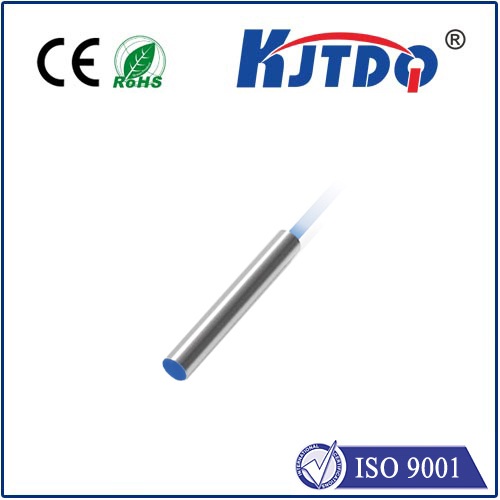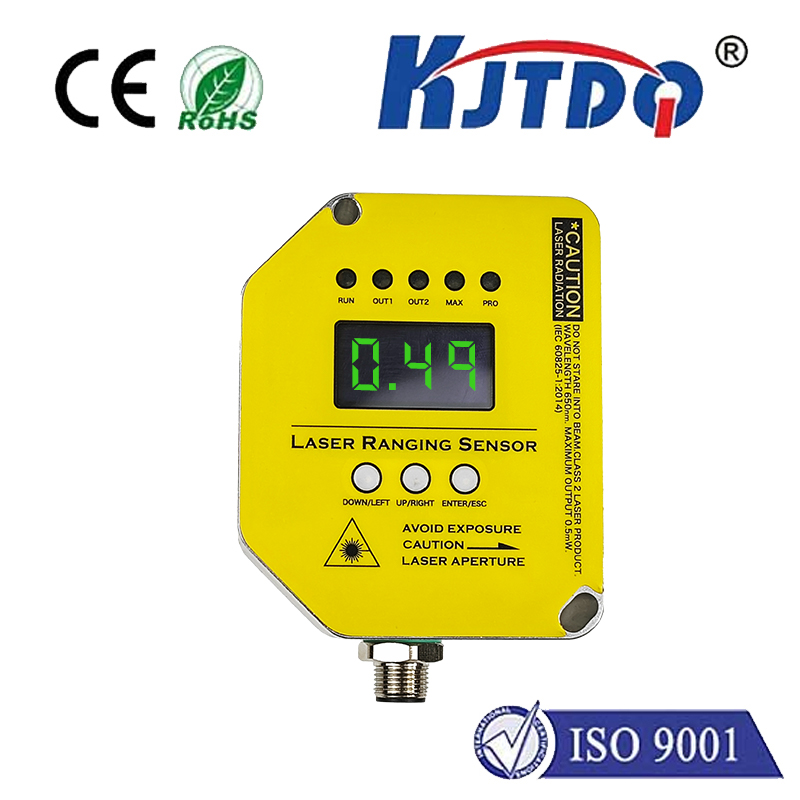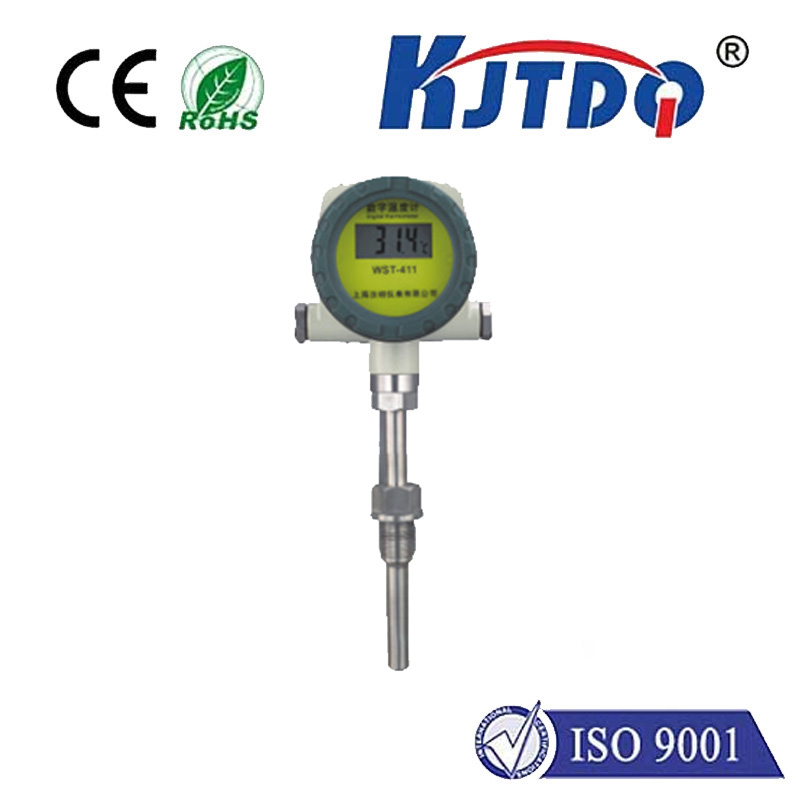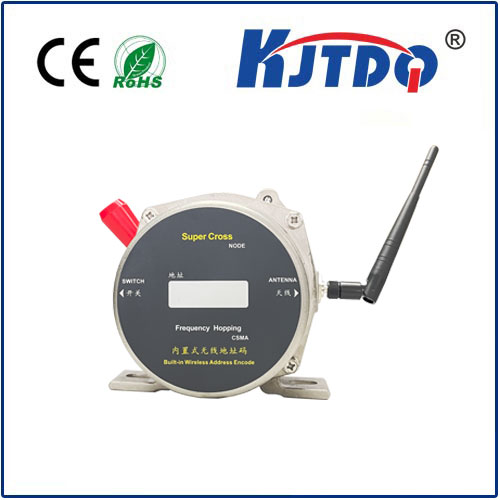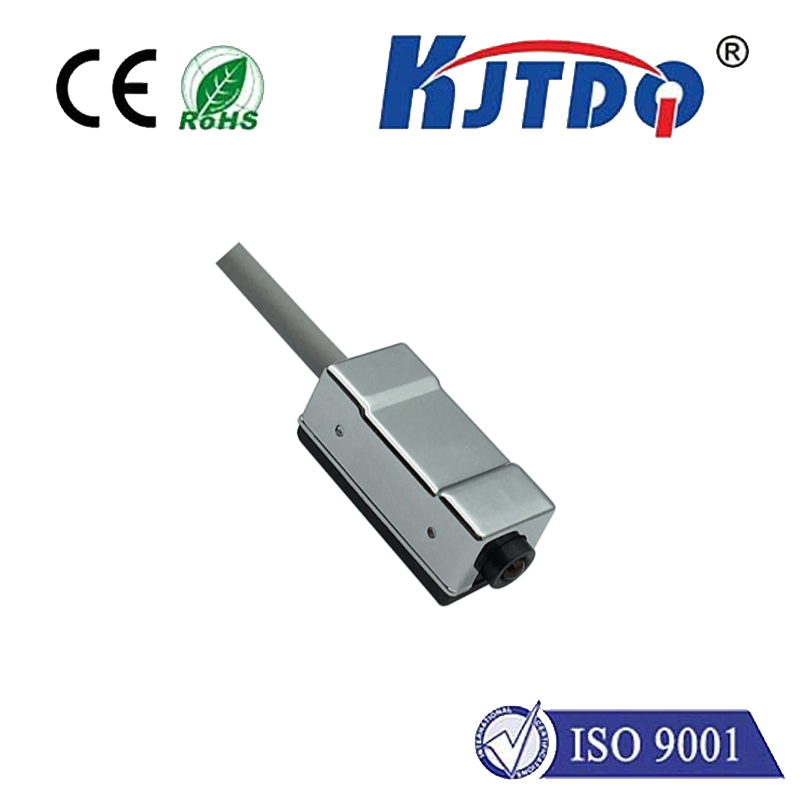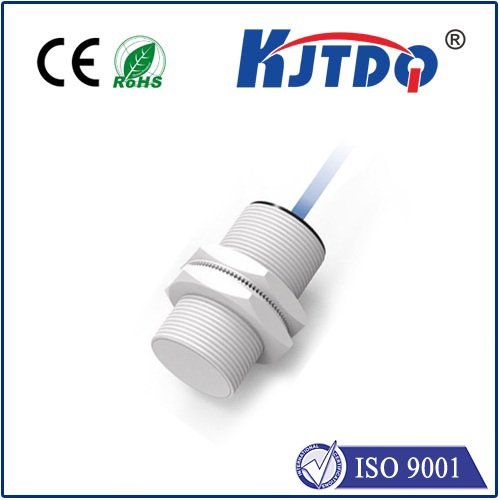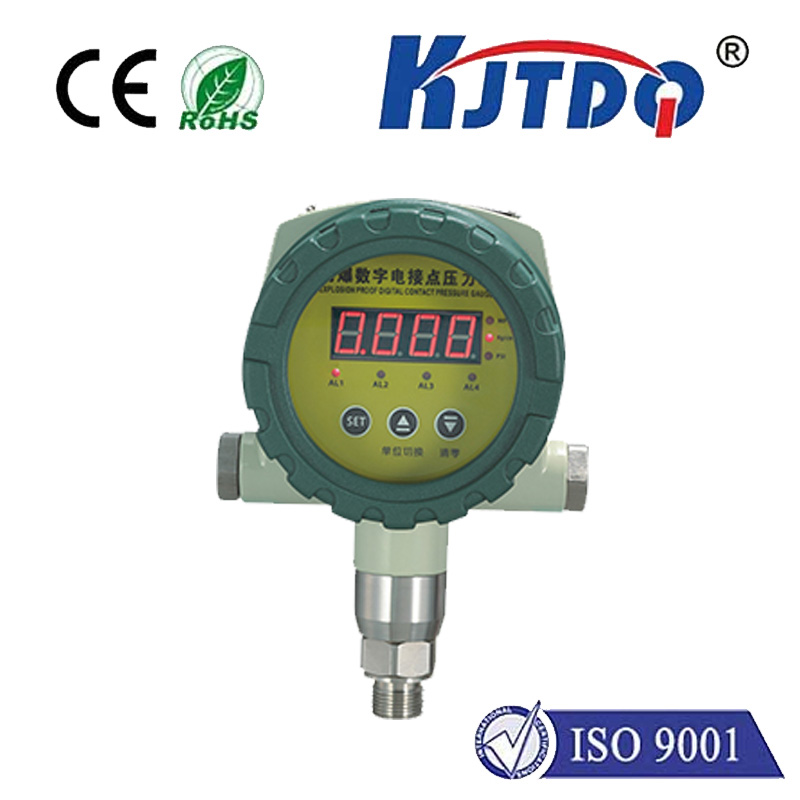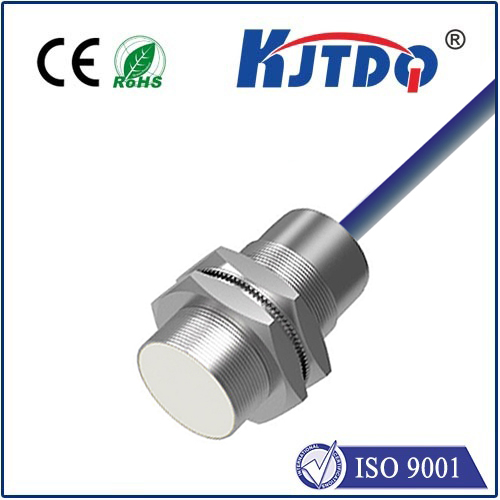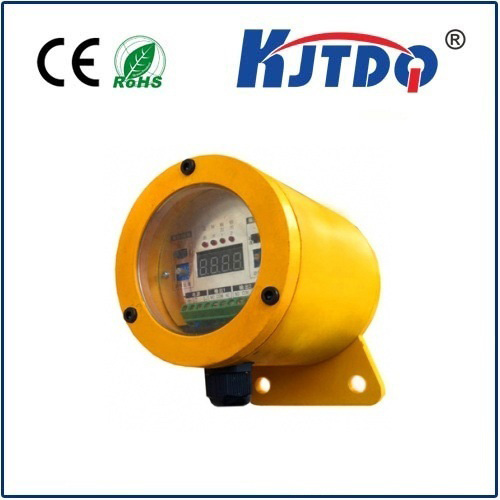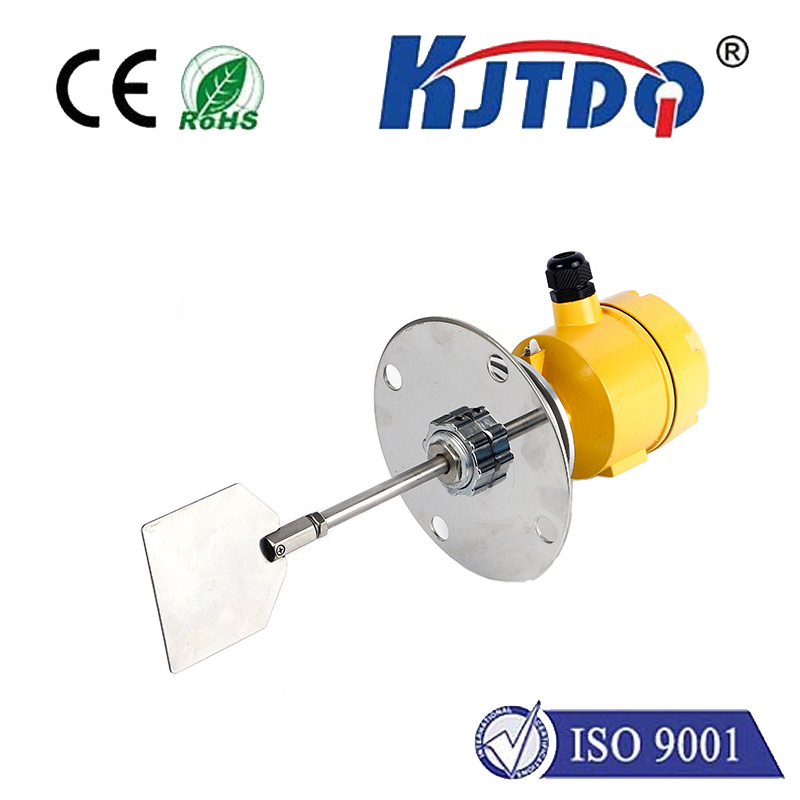
check

check

check

check
In today's rapidly evolving world, technology plays an integral role in shaping our lives. One area where technology has made significant strides is in the field of proximity sensors. Specifically, dual proximity sensors have become a game-changer, providing numerous benefits across various industries. This article explores the potential of dual proximity sensors and their impact on modern technology.
I. The Importance of Dual Proximity Sensors
A. Definition and Purpose
Dual proximity sensors, also known as dual-channel proximity sensors or dual-touch sensors, are devices that can detect two points at a distance. These sensors use advanced algorithms to determine the distance between the two points and trigger an action based on the detected distance. They are commonly used in applications such as smartphones, smart home devices, and industrial automation systems.
B. Benefits of Dual Proximity Sensors
1. Enhanced Accuracy: Double sensor detection provides more accurate measurements compared to single-channel sensors, ensuring reliable data transmission and processing.
2. Improved User Experience: Dual proximity sensors enable users to interact with devices in a more intuitive and seamless manner, enhancing overall user experience. For example, smartphones with dual proximity sensors can be used for gesture control without the need for physical buttons.
3. Increased Efficiency: In industrial automation systems, dual proximity sensors help improve process efficiency by detecting objects within a certain range and triggering actions accordingly, reducing human intervention and error.
II. Applications of Dual Proximity Sensors
A. Smartphones
1. Gesture Control: Dual proximity sensors enable smartphones to recognize gestures like tapping, swiping, and pinching, making interactions with the device more natural and efficient.
2. Face Recognition: By using dual proximity sensors to detect facial features, smartphone cameras can unlock the device more quickly and securely, enhancing user privacy and security.
B. Smart Home Devices
1. Remote Control: Dual proximity sensors allow users to control smart home devices from a distance, making it easier to manage and access various appliances remotely.
2. Energy Management: Smart home devices with dual proximity sensors can monitor energy usage and adjust settings accordingly, helping users save money on their utility bills and reduce their environmental impact.
C. Industrial Automation Systems
1. Material Handling: In material handling systems, dual proximity sensors detect objects within a specified range and trigger actions like lifting, lowering, or guiding, improving productivity and safety in hazardous environments.
2. Asset Tracking: Dual proximity sensors can be used to track assets like vehicles or equipment, enabling real-time location tracking and improved management of valuable resources.
III. Challenges and Future Developments of Dual Proximity Sensors
A. Technical Challenges: Despite their many benefits, dual proximity sensors still face some technical challenges, such as low power consumption, high cost, and limited scalability.
B. Future Developments: Researchers are actively working on addressing these challenges and developing new technologies that can further enhance the capabilities of dual proximity sensors. Some promising developments include ultra-low-power sensors, increased scalability, and integration with other emerging technologies like machine learning and artificial intelligence.
